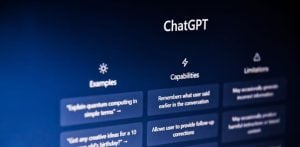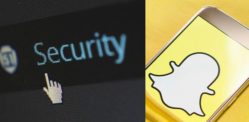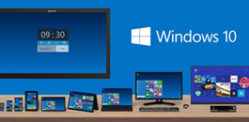"It is a one-shot attack for criminals, like a grab and go"
A new Microsoft AI feature is being investigated by the Information Commissioner’s Office (ICO) over concerns that criminals will exploit it.
The Recall feature will be installed on new Microsoft laptops and is part of their AI program Copilot+.
The feature will record everything a user does by taking screenshots every few seconds.
It then allows the user to scroll back through their activity and search.
But after security concerns were raised, the ICO said:
“We are making enquiries with Microsoft to understand the safeguards in place to protect user privacy.”
Recall is designed to “help you easily find and remember things you’ve seen using natural language” according to Microsoft, using AI and “photographic memory”.
For example, if a user was shopping online for a black denim jacket, days later they could search “black denim jacket” in Recall.
It would then pull up screenshots of the times they were looking at a black denim jacket, and link them to the websites they were on. It would also search through pictures, documents, presentations and files and pull up anything relevant on their laptop.
It may even suggest actions the user would want to take in relation to their search.
But one cyber security expert said the new feature was a “grab and go” target for criminals.
Muhammad Yahya Patel, lead security engineer at Check Point, said:
“With this feature, suddenly endpoints will become a more lucrative target.
“It is a one-shot attack for criminals, like a grab and go, but with Recall they will essentially have everything in a single location.”
According to Microsoft, the files will be stored locally on users’ laptops and “not accessed by Microsoft or anyone who does not have device access”.
This should reduce the risk of hackers accessing the files on a cloud-based system.
However, the files will remain uncensored when they are stored.
This means personal information like visible passwords or visible medical information will be kept in the screenshots.
If a user’s laptop is hacked into, there are concerns sensitive data could become easily accessible.
Mr Patel continued:
“Imagine the goldmine of information that will be stored on a machine, and what threat hackers can do with it.”
Charlie Milton, a vice president at cyber security firm Censornet, said the feature increases the risk of scams by potentially allowing hackers to understand their victims’ lifestyles.
He said: “As a [hacker], the first thing I’ll do is go and look at all the screenshots of what you’ve been doing recently to understand your behaviour.
“If I’m going to try and make some money from you, the best way to do that is to pretend to be somebody that you’re likely to transfer money to and have been working with in the last 48 hours, and then tell you that my bank account details have changed.
“It would give those malicious actors a really good understanding of user behaviour and recent user behaviour in order for them to influence you. That’s really significant.”
Microsoft said a hacker would need physical access to a device, unlock it and sign in before they could access saved screenshots.






























































